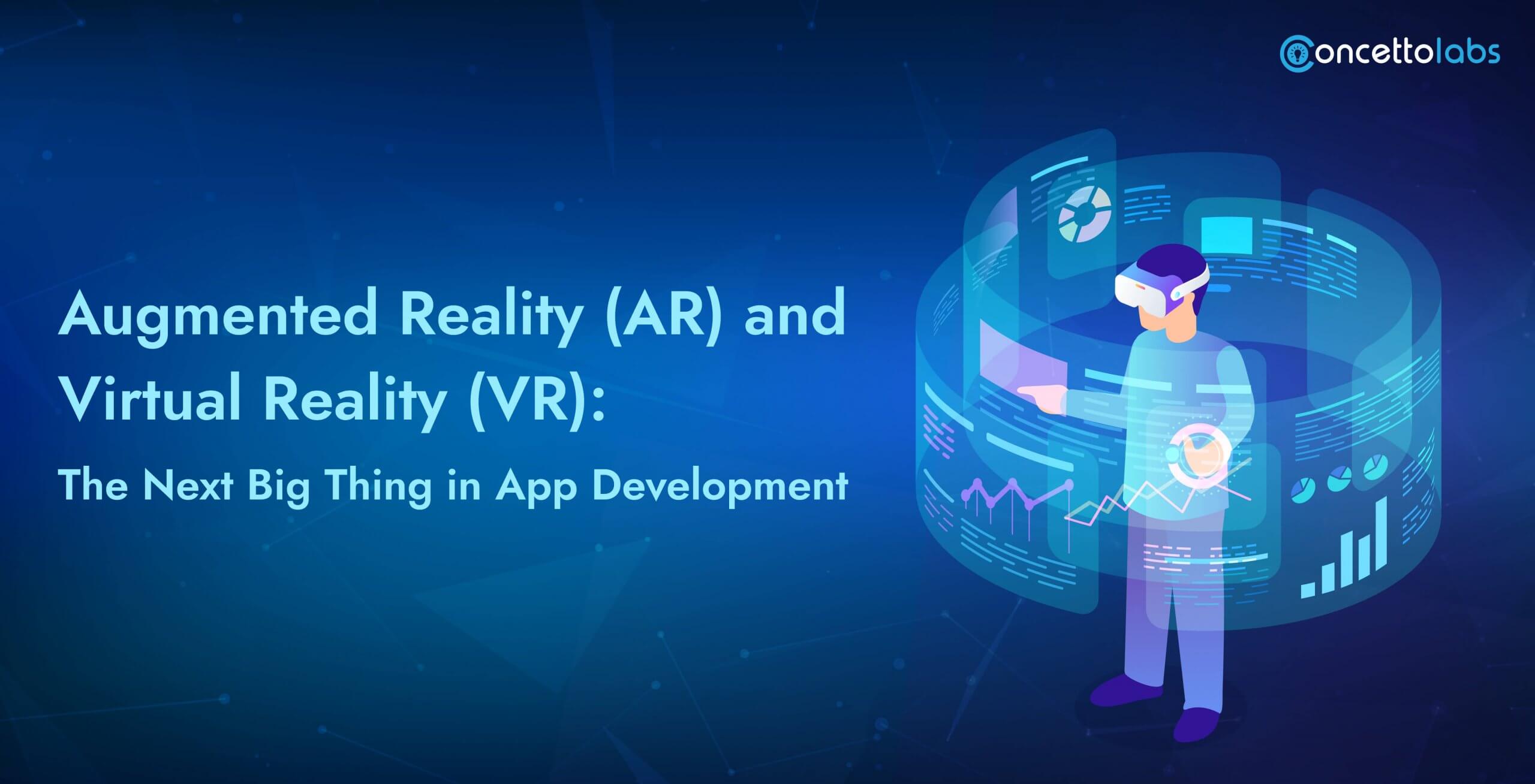
Summary: App development has undergone some revolutionary transformation with the help of augmented reality and virtual reality applications. And when mobile technologies develop further, the next big thing is with AR and VR influencing contemporary society’s industries such as gaming, education, healthcare, and so on. This article explores the concepts of AR and VR, their application to mobile application development, core technologies driving change, and future possibilities.
Understanding AR and VR
AR and VR terms may sound like they are equal but they possess qualitative differences. AR on the other hand transforms the real world by projecting icons into the existing concrete environment by the use of devices such as smartphones or AR glasses. However, VR places participants directly into a created environment, often requiring devices such as Oculus or HTC Vive.
In order to know about AR and VR meaning, AR overlays virtual objects onto the real environment, on the other hand, VR builds virtual environments. For example, AR offers a virtual shopping cart in the living room, however, VR takes you physically to a virtual store.
AR and VR: A Comparison
Related to the ideas of AR and VR, there are still some major differences that help to distinguish between them. AR improves actual environments by adding virtual objects to them while VR immerses users in a completely artificial world. The main difference between AR and VR is the approach that consumers adopt to interact with a system. While using AR, the users come across actual objects of the world and are engaged with virtual objects, the users of VR are in a room that is virtual and all the objects in the environment are not real.
To put it bluntly, if you are saying, “It is easy to confuse AR and VR?” AR enriches reality, and VR substitutes it. For instance, with the use of AR, one may see a model of the furniture in a real-life living room setting, but with VR, one is placed in a living room with real-life feeling with objects.
Role of AR/VR in Mobile Development Today
Both AR and VR in mobile development are being adopted in the market as more and more apps that require higher levels of interactivity come into the market. Augmented reality or AR is usually used in applications similar to Snapchat and the popular Pokémon Go, which place a virtual layer over reality. While VR has its broad employment in gaming and virtual tourism allowing a user to have a raw feel of the experience.
This way mobile app developers manage to integrate the features of AR and VR to develop engaging modes of interaction with users and reduce churn rate. Other sectors including education, health care, property, and security sectors are also using these technologies to improve user experience.
The Impact of AR and VR on App Development
The combination of augmented reality and virtual reality technologies sets the bar high for mobile applications. In gaming, AR and VR are effective in creating engagements with customers in that they are immersive. It is used in retail, where the apps enable the user to see how their homes will look like having a particular product. In general, the concept of VR apps provides healthcare-based training simulations like virtual surgery for surgeons. The influence of virtual reality – VR and augmented reality – AR is immeasurable in the development of apps because these entail wholly different approaches to utilizing applications.
Key Technologies Enabling AR and VR
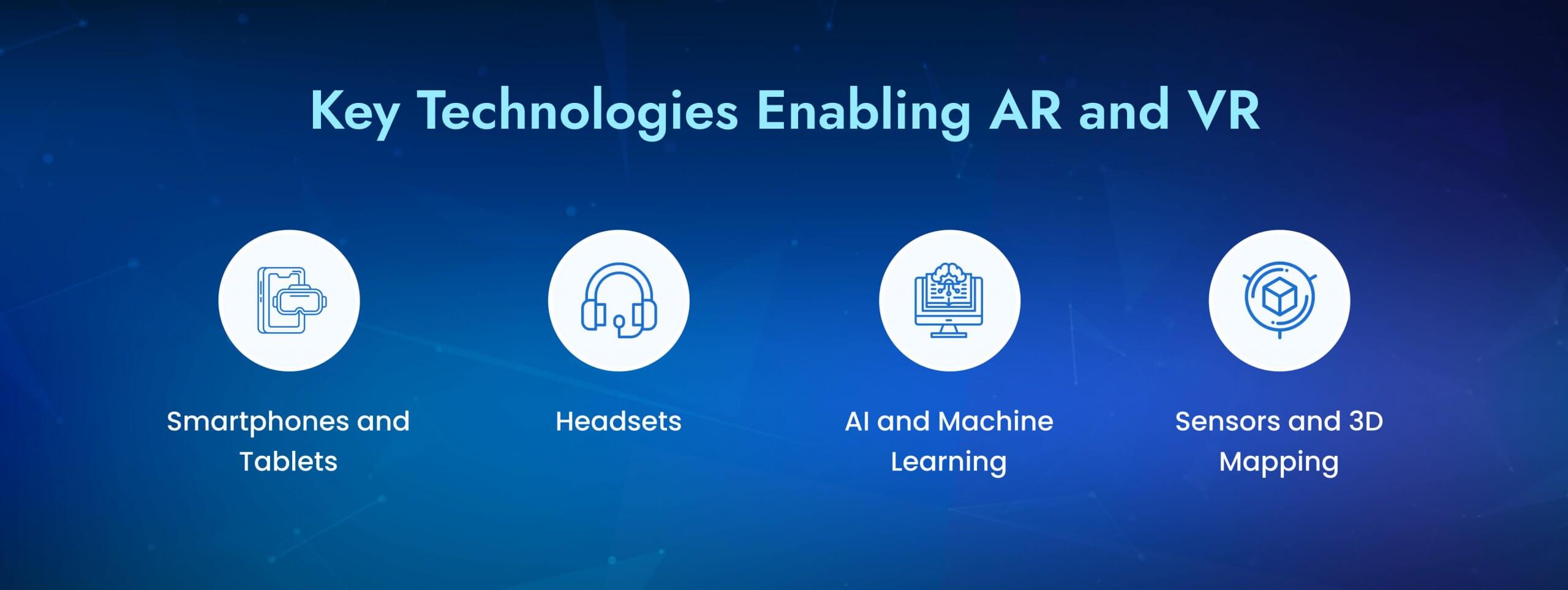
AR and VR apps are powered by cutting-edge technologies such as:
- Smartphones and Tablets: Real-time augmented reality experience is made possible by the gadgets in mobile devices with enhanced cameras and processors.
- Headsets: Platforms, notable as Oculus Rift, HTC Vive, and Google Cardboard are Virtual Reality devices that make VR possible.
- AI and Machine Learning: They build upon the arrangements of AR/VR communication and make actual interactions smarter and more responsive with the help of the virtual environment.
- Sensors and 3D Mapping: AR or VR benefits from mostly used technologies such as motion, GPS, and depth sensors.
Use Cases of AR and VR in App Development
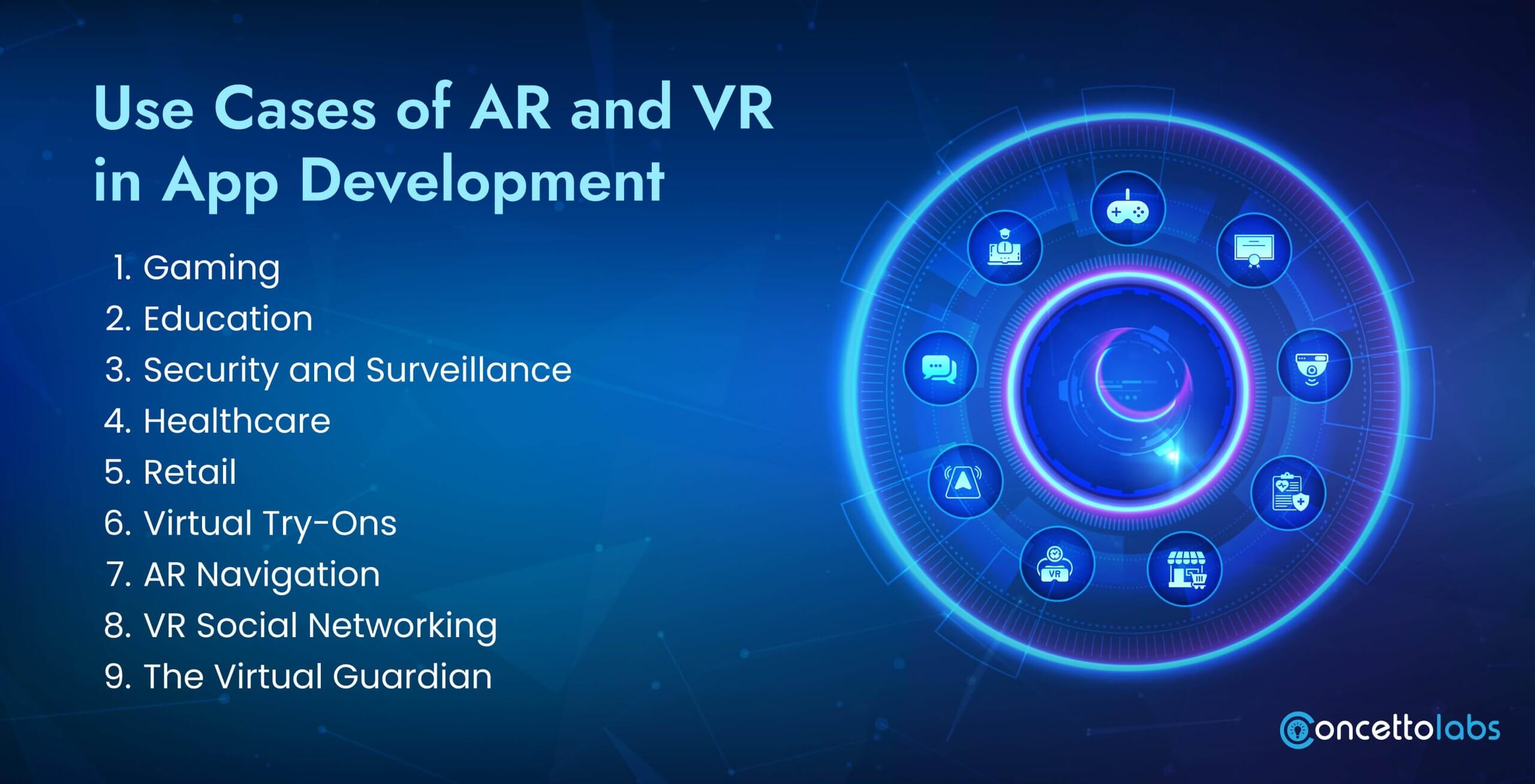
It is divided into stages including conceptualization and deployment among others to develop an AR/VR app. Here’s a simplified process:
- Gaming: Such AR games as Pokémon Go and VR as Beat Saber are examples of how AR and VR provide playfulness.
- Education: AR and VR are applied to education, and when in the classroom students can manipulate 3d models which makes learning more fun. AR and VR have been increasingly adopted in learning; fields such as Medicine have come to appreciate the experience that practical simulations offer through VR education.
- Security and Surveillance: AR and VR have also found their home in security. Known as “The Virtual Guardian: In “AR and VR in Security,” these technologies enable increased supervision through overlay of real-time data on camera feeds through the use of augmented reality, and the use of virtual reality in the distant monitoring of security systems.
- Healthcare: AR is useful for diagnosis during operation, while VR is for treating mental disorders and training surgeons.
Retail: Using AR, apps such as IKEA Place help the users decide how the furniture they intend to buy will fit into the available space. - Virtual Try-Ons: In retail, AR applications allow one to ‘virtually’ wear clothes, apply makeup, or even practice putting on accessories.
- AR Navigation: AR is already being utilized with programs like Google Maps directing their users in real-life situations.
- VR Social Networking: VR is on the precipice of overturning social networking platforms so that individuals may directly interact in the virtual environment.
- The Virtual Guardian: Applications of AR/VR in Security and Surveillance: Incorporating AR and VR with security and surveillance is explorative with features such as remote monitoring, facial recognition, and real-time data overlay on surveillance systems.
Developing AR/VR Apps: The Process
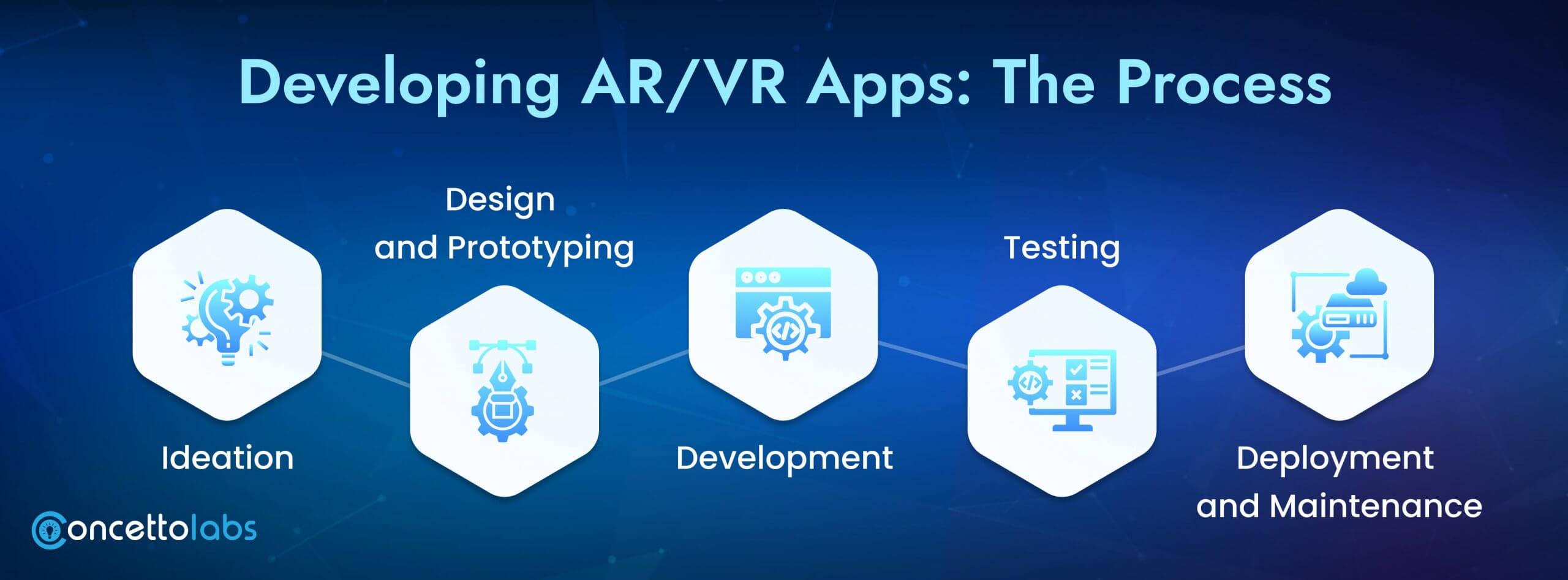
To develop an AR and VR app, it is divided into stages including conceptualization and deployment among others. Here’s a simplified process:
- Ideation: Identifying a general idea of what is the main intention, users, and objectives where the AR/VR application is going to be implemented.
- Design and Prototyping: Drawing UI screens, designing layout scenarios, and modeling 3D designs.
- Development: For coding and assembling the AR/VR part the tools used often include Unity or Unreal Engine or maybe ARKit.
- Testing: Performing tests and assurance for the implementation of AR/VR to meet the intended specific platforms.
- Deployment and Maintenance: Uploading it to Google Play or App Store and then further updating and maintaining the application.
Challenges in AR/VR App Development
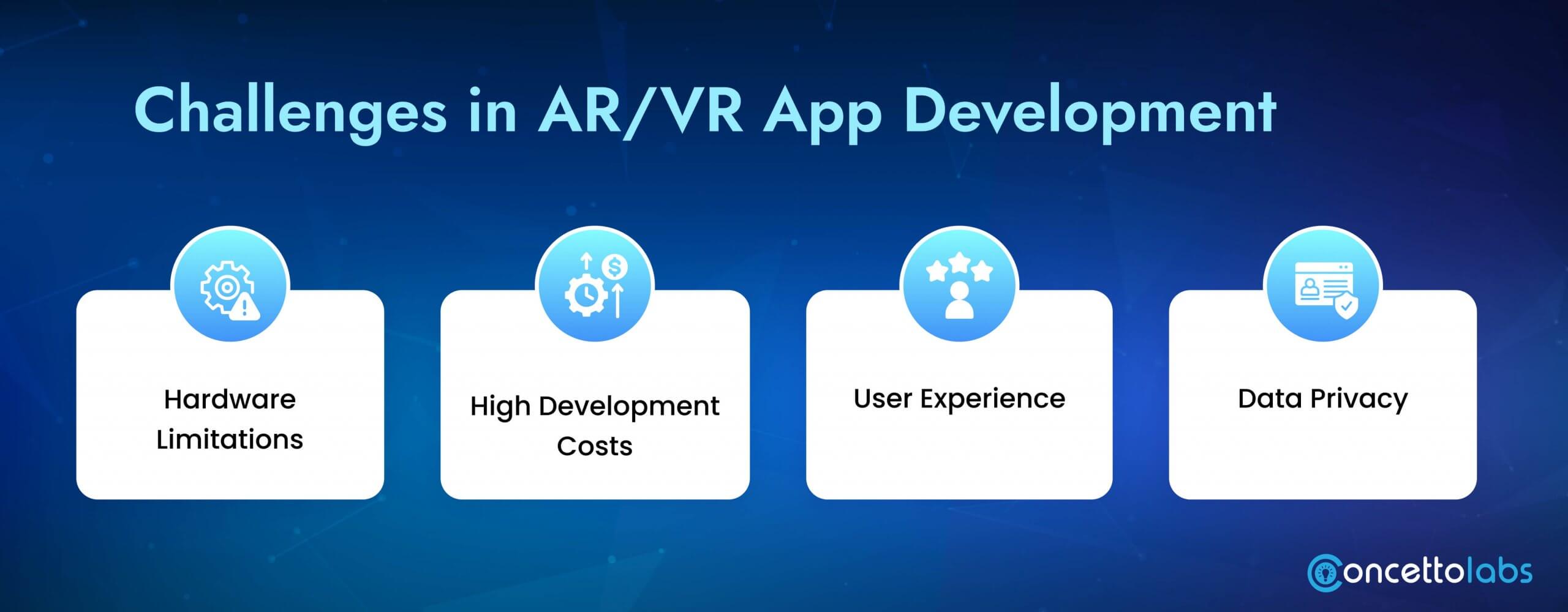
While AR and VR hold immense potential, developers face certain challenges:
- Hardware Limitations: The target audience is limited because not all smartphones are suitable for augmented and virtual reality applications.
- High Development Costs: Designing 3D models takes time and money; testing them and optimizing them for different devices is also costly.
- User Experience: A popular problem in designing VR interactions is facilitating natural interactions while avoiding motion sickness.
- Data Privacy: Another challenge that is likely to affect AR/VR apps is that since many of them require real-time data, issues of user privacy and security must always be adhered to.
Converge your Ideas into Engaging Applications and Products that Engage your Users?
We are adept at developing the best and innovative gaming, education, and other applications whether you are planning for an AR or VR development.
Get Started Today!Future of AR and VR in App Development
AR and VR technology has a bright future as technologies are expected to go mainstream in many industries. We have already witnessed 5G data Transmission As for the AR/VR experience, enhanced data transmission rates are expected to bring a better AR/VR experience to mobile devices. Moreover, new and improved AI, cloud computing, and IoT will bring even better AR/VR apps that include better interaction with virtual reality.
Conclusion
AR and VR technologies have brought a new concept of application development where the users of applications get fascinated by their experience of the application. These technologies will increasingly transform mobile applications across industries in the future. The prospects for augmented and virtual reality are incredible for all industries – for games and education, for security and healthcare – the possibilities are truly endless for developers and users.
Frequently Asked Questions
Here are some frequently asked questions about employing our developers that may help you.


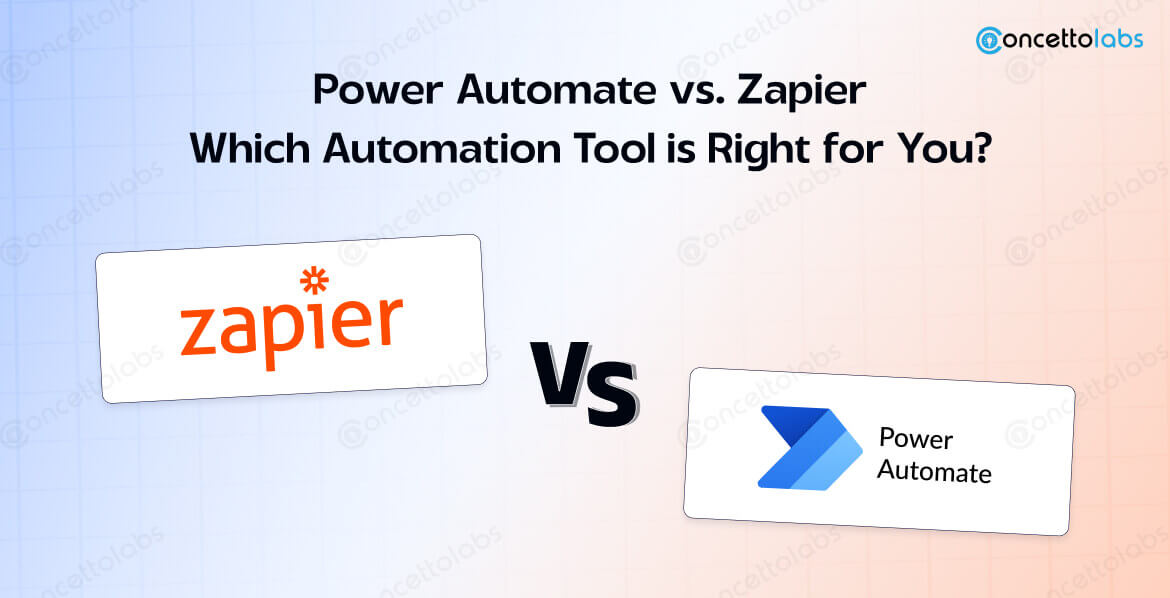
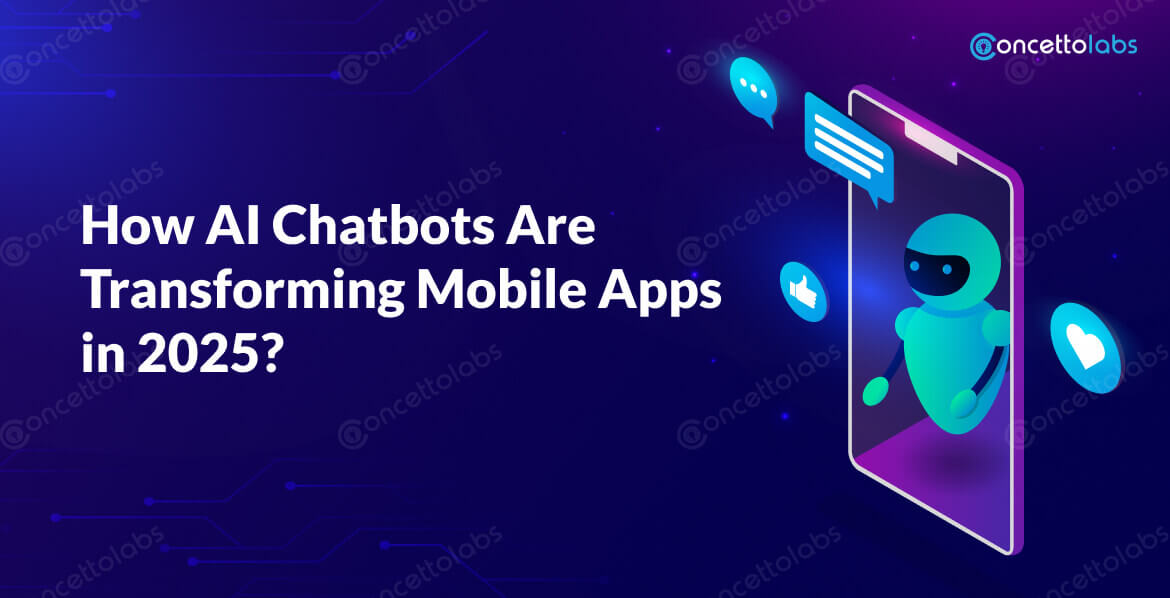





 Indonesia
Indonesia
 Botswana
Botswana
 USA
USA
 Italy
Italy
 Panama
Panama








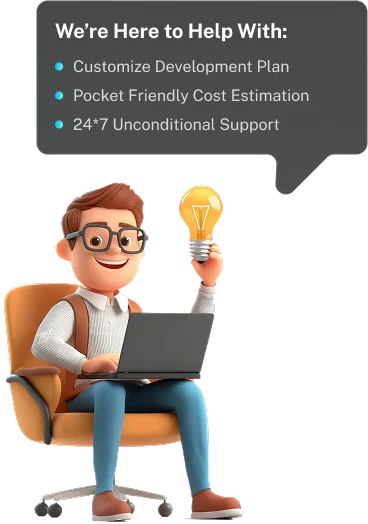
 USA
USA UK
UK Saudi Arabia
Saudi Arabia Norway
Norway India
India Australia
Australia